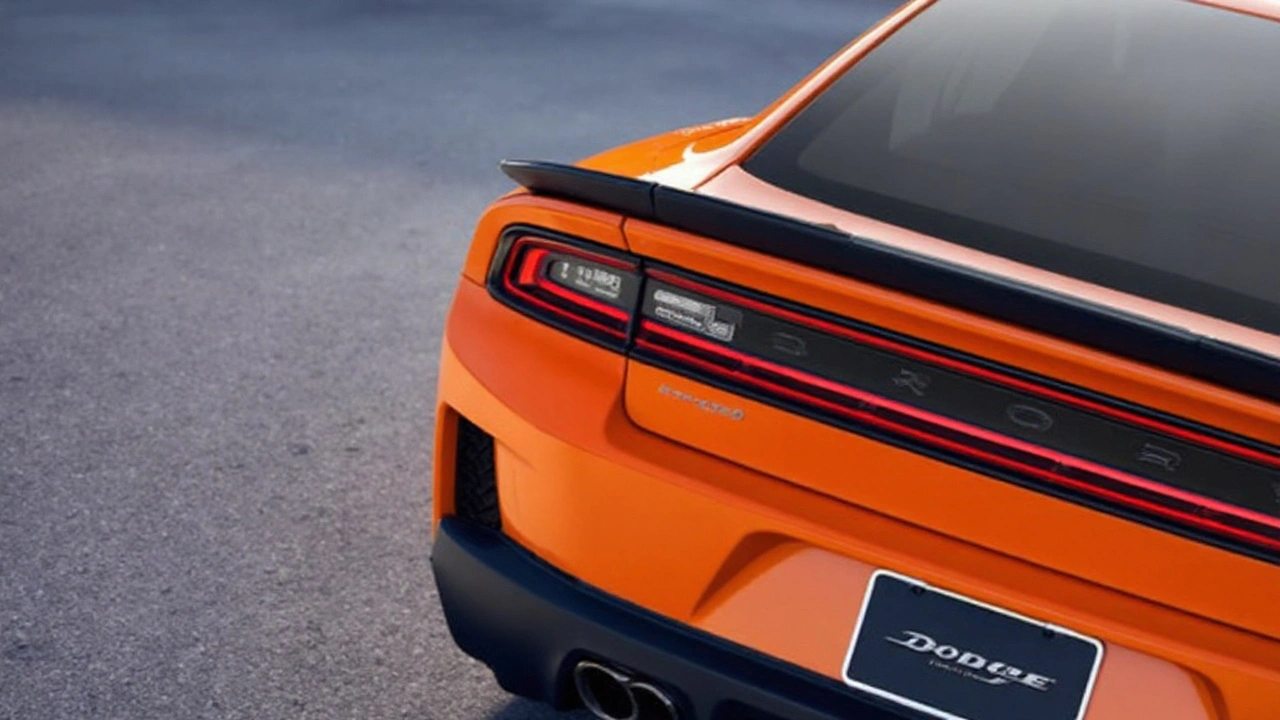Twin-Turbo Engine: What It Is and Why You Should Care
If you want more power without a huge engine, a twin-turbo setup is one of the smartest options. A twin-turbo engine uses two turbochargers to push more air into the engine, which makes more power and often improves response. This guide explains how twin-turbo systems work, the real benefits, common issues, and what to check if you’re thinking of buying a car with one.
How twin-turbo systems work
There are two main ways twin-turbo setups are arranged. First is parallel: each turbo handles half the engine’s cylinders. That keeps spool time low and power delivery smooth at mid to high RPMs. Second is sequential: a small turbo works at low RPMs for quick response, then a larger turbo kicks in at higher RPMs for maximum power. Both aim to reduce turbo lag and widen the power band compared to a single turbo.
Turbochargers use exhaust gas to spin a turbine that compresses incoming air. More compressed air means more fuel can burn, and that gives you more power. In twin-turbo systems the work is shared, so each turbo can be smaller and quicker to spool than one large unit.
Benefits, trade-offs, and where you’ll see twin-turbos
Benefits are clear: better throttle response, higher peak power, and a broader usable power band. That’s why many performance cars and even some modern diesels use twin-turbo setups. You get strong acceleration without jumping to a much larger engine.
But there are trade-offs. Twin turbos add complexity — more plumbing, extra sensors, and additional control systems. That can mean higher repair costs and more parts that might fail. Fuel economy can improve or worsen depending on driving style and tuning. Also, poorly designed systems can still suffer from lag or uneven power delivery.
Typical applications include sports cars, high-performance sedans, and certain SUVs. Manufacturers often use twin-turbo designs to meet emissions and efficiency targets while keeping power high.
Buying tips and maintenance basics
If you’re buying a car with a twin-turbo engine, check the service history for turbo-related work: oil changes at recommended intervals, intercooler and hose checks, and any past turbo replacements. Turbos need clean oil and proper warm-up/cool-down routines. Avoid hard driving right after a cold start and let the engine idle briefly after a spirited run to protect bearings.
Watch for common signs of trouble: blue or black smoke, loss of boost, whining noises, or a rough idle. These can point to oil leaks, worn seals, or damaged turbine blades. A proper diagnostic and a boost leak test are good first steps if anything feels off.
Want performance gains? Upgrades work well on twin-turbo systems, but plan carefully. Upgrading intercoolers, exhausts, and engine management yields better, safer results than just fitting bigger turbos.
Got questions about a specific twin-turbo model or need help checking a used car? Browse our tag posts or drop a question — we’ll help you make a smarter choice.

2026 Dodge Charger Sixpack Scat Pack Redefines Muscle Car Power with Twin-Turbo Tech
Dodge shakes up the muscle car scene with the 2026 Charger Sixpack Scat Pack, boasting a 550 hp twin-turbo inline-six and clever drive modes. Drivers get top-notch performance, all-wheel drive, and spacious cargo room—all under $55,000. It's a high-tech nod to old-school muscle, rivaled by an even faster electric Daytona.
